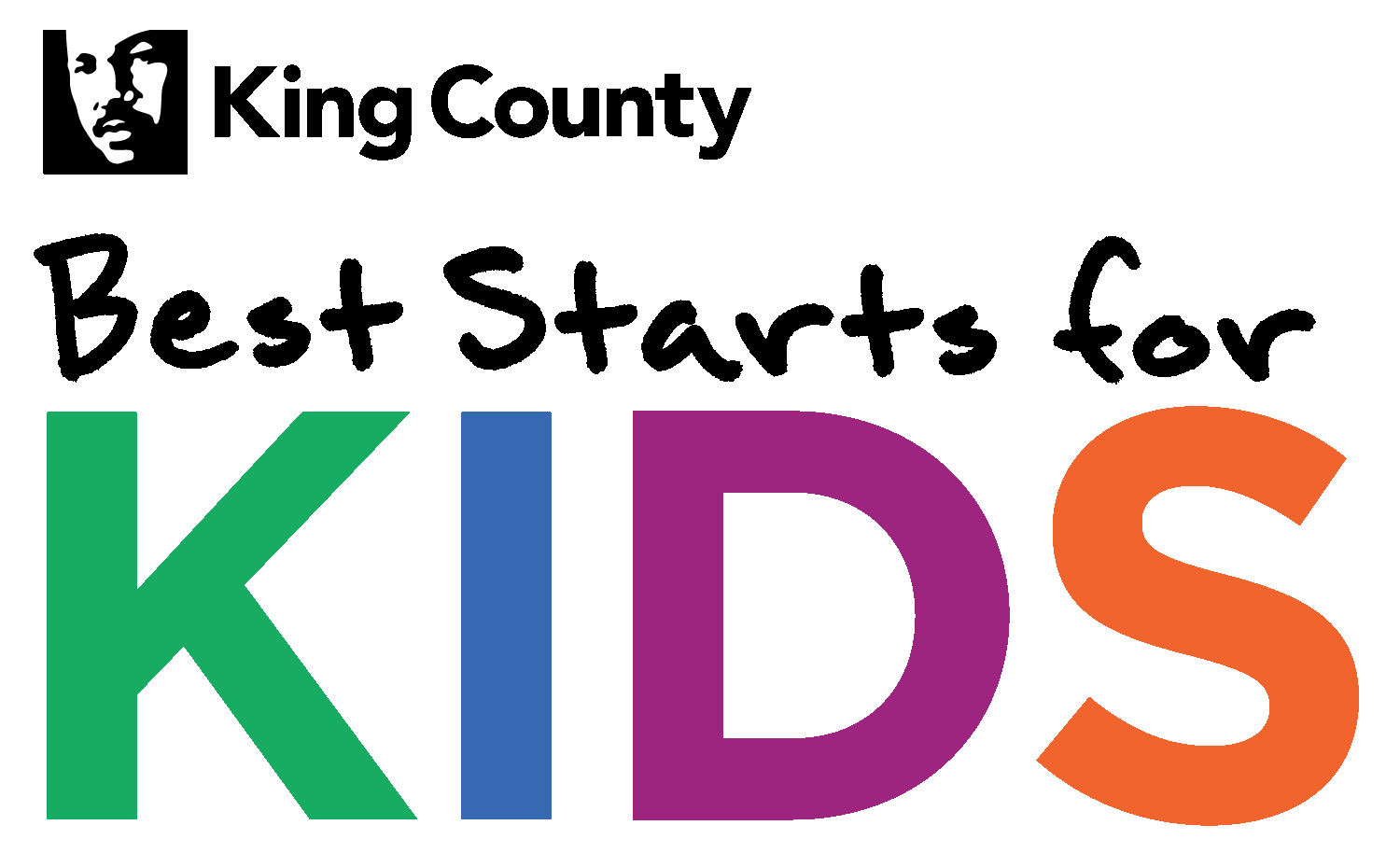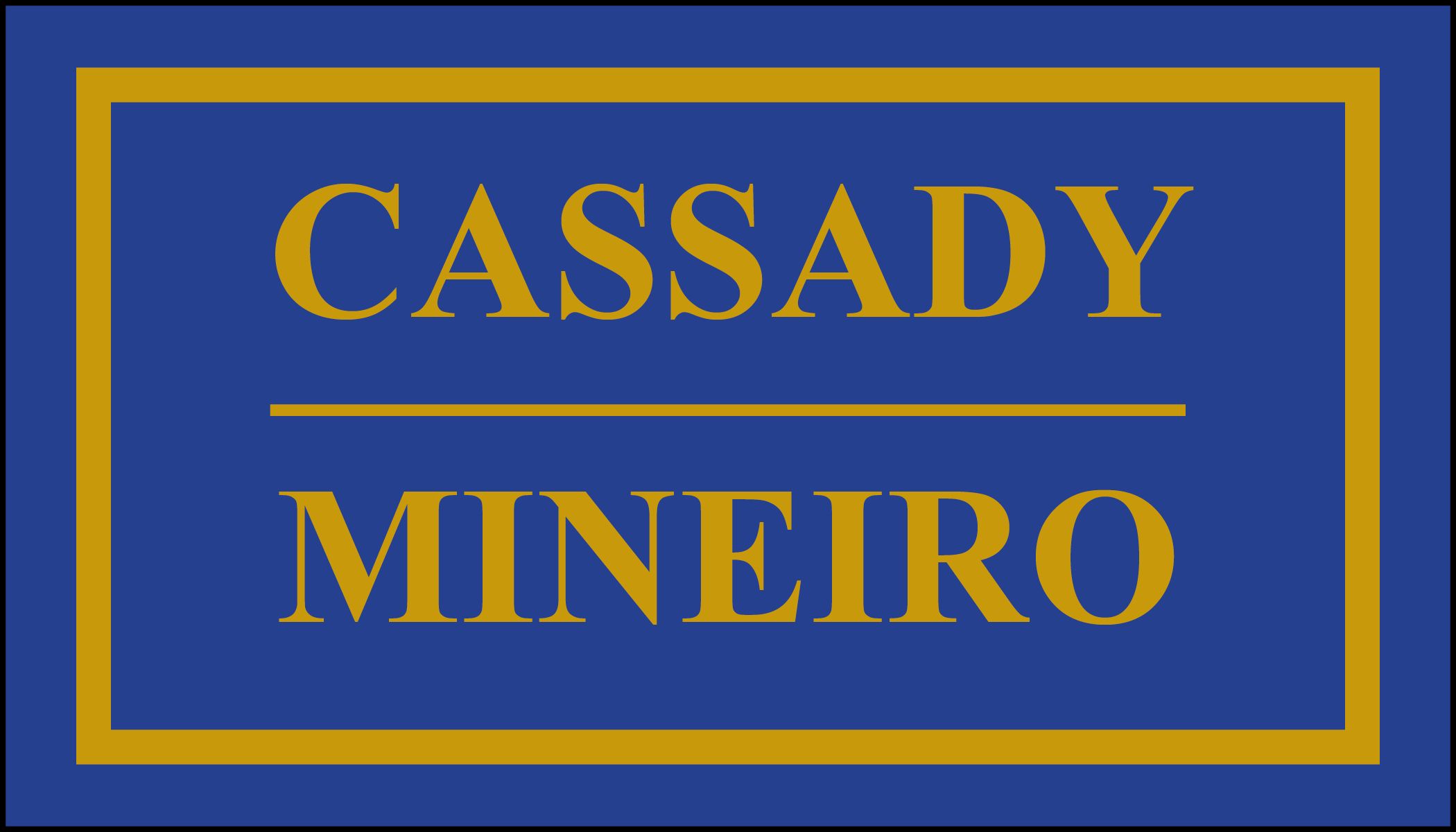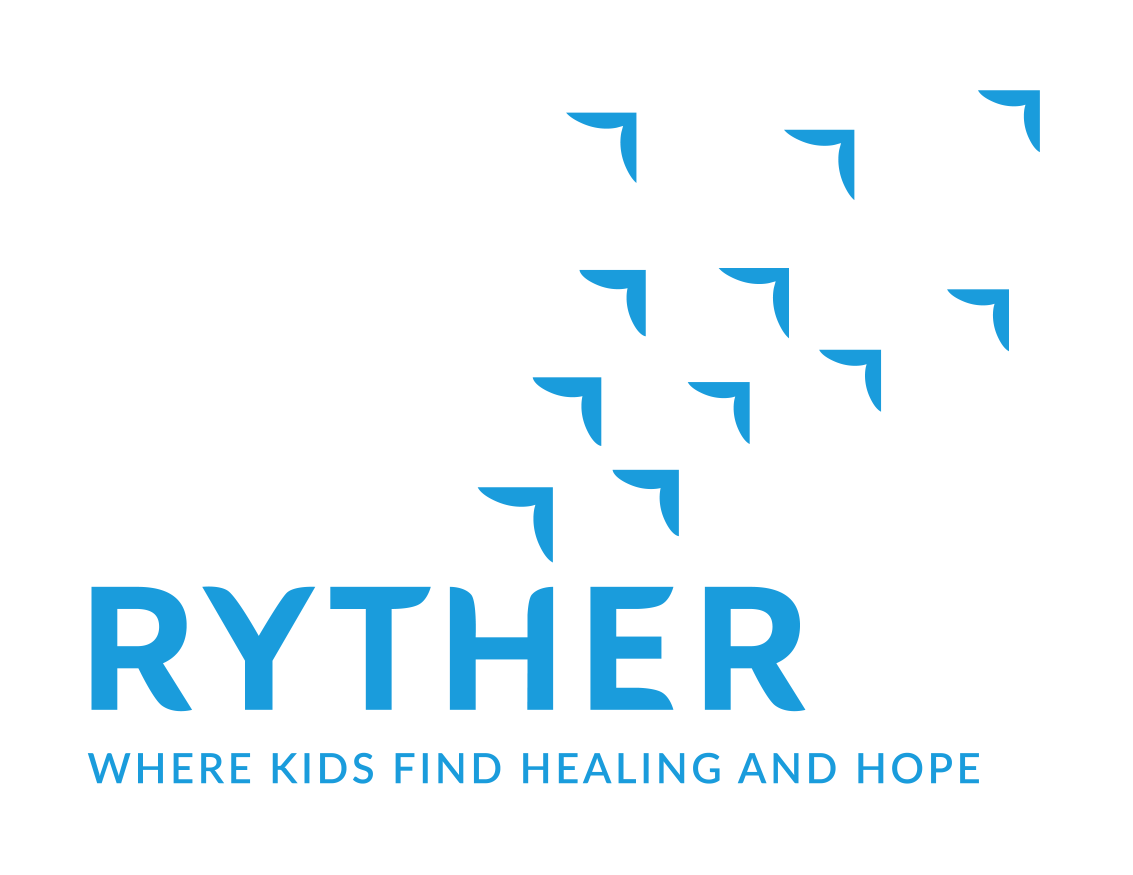On this page, you will find family in home behavior support ideas.
Special thanks to BeSt Program @ navos - for their involvement and support.
NEW CONTENT WILL BE ADDED EACH WEEK SO CHECK BACK FREQUENTLY.
TIPS AND TOOLS
Tools and suggested activities that you and your family can try. All ideas represent input from various sources, including other caregivers just like us. All ideas are only ideas, please be creative and make them your own. If you want to brainstorm with another parent about anything you see here or if you have your own special routines, family hacks, or coping strategies and you would like to share please feel free to contact:
Rachel Nemhauser - RNemhauser@arcofkingcounty.org
TIP #1 - Keep a ready list of calming activities close at hand. These can be displayed in a calm down choice chart and practiced (even as play) when things are quiet, so activities are familiar when things amp up.
TIP #2 – Find fun ways to practice expressing recognition and gratitude between all family members. Here is one approach:
TIP #3 – Explore simple short activities that promote sharing of present moment experiences – just being together here and now. Here is a list of suggestions that can be plugged into your days.
TIP # 4 – Try visual scheduling and transition planning to ease family stress when moving from one task to another. Visual schedules can cover: an entire day, one part of a day (morning, mid- day, evening), or a single task. Visual cues can be Objects or Pictures (e.g. cartoon drawings, real photos of your kid(s), or images cut from a magazine…). Some kids are ready and willing to be involved in creating and keeping a written or hand drawn list. Here are some samples and various formats. Try including your child in schedule design. Keep it flexible, revisit what is and is not working, make adjustments, and use what works for your family.
Here are some examples and information:
TIP #5 – Try keeping lists of different types of activities. Sometimes repetition is king and sometimes variety spices things up.
Here are two sample lists. Try some “Heavy Work” to help our bodies help us self-regulate. AND Don’t forget to keep some simple ideas for family fun handy. Fun time is a chance to invest in the family bonds that help us through the tough spots.
TIP #6 Find ways, that work for us as caregivers in challenging times, to increase our tolerance for distress (our own and our kids'). Experiment with things that can help us move through and release our own toughest experiences. Here are some tips to help our own bodies help us calm down.
TIP #7 There is a big world of emotions beyond GLAD, SAD, and MAD. Try exploring your feelings and increasing your "emotional literacy" while helping your kiddos to do the same. Increased emotional literacy can help us move through tough experiences with increased confidence and know better how to ask for help when we need it.
Tip #8 - Experiment with encouraging and modeling a growth mindset. Try early recognition. Engage in and support progress (your own and your kiddos'). Don’t wait for perfection. Name and celebrate efforts and skill development over personal gifts and traits. Tune into and support efforts to show up for something hard, face uncertainty, try something new, regardless of the outcome.
THOUGHTS AND IDEAS
Thoughts about managing in home behavior (both our kiddos’ and our own). We recognize that behavior management during quarantine also presents a larger challenge for many of us. Keeping our people safe and ourselves sane is as daunting some days as it is rewarding others. We are compiling some thoughts and ideas on behavior and behavior management to help us all remember that behavior is communication even at its most challenging. We are developing and will provide a framework and illustrations responding to various behaviors many of us find challenging as parents.




















